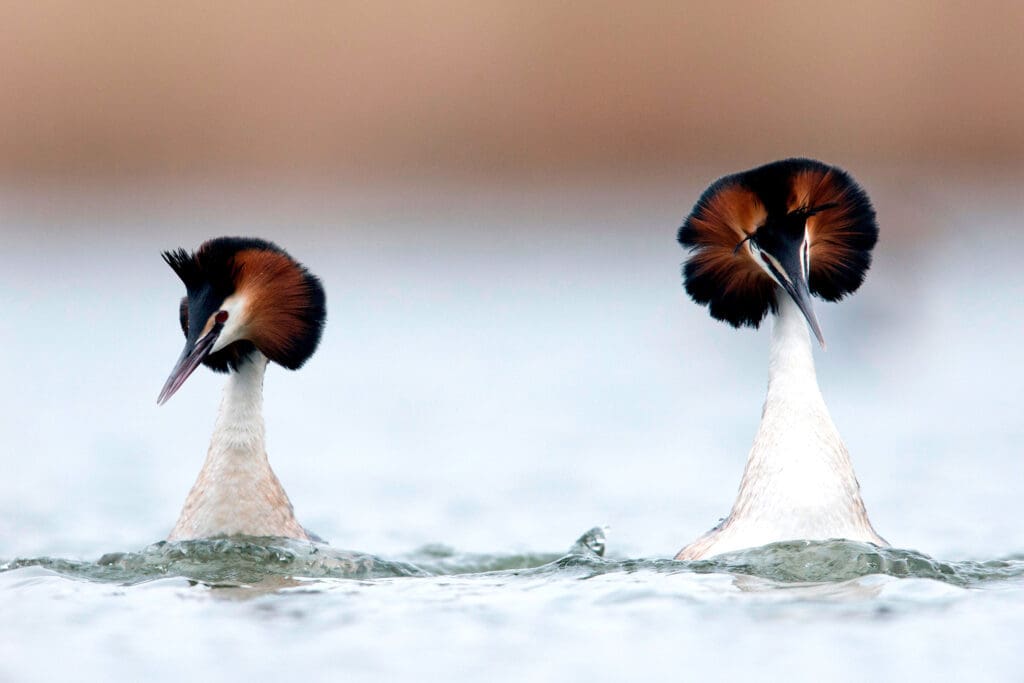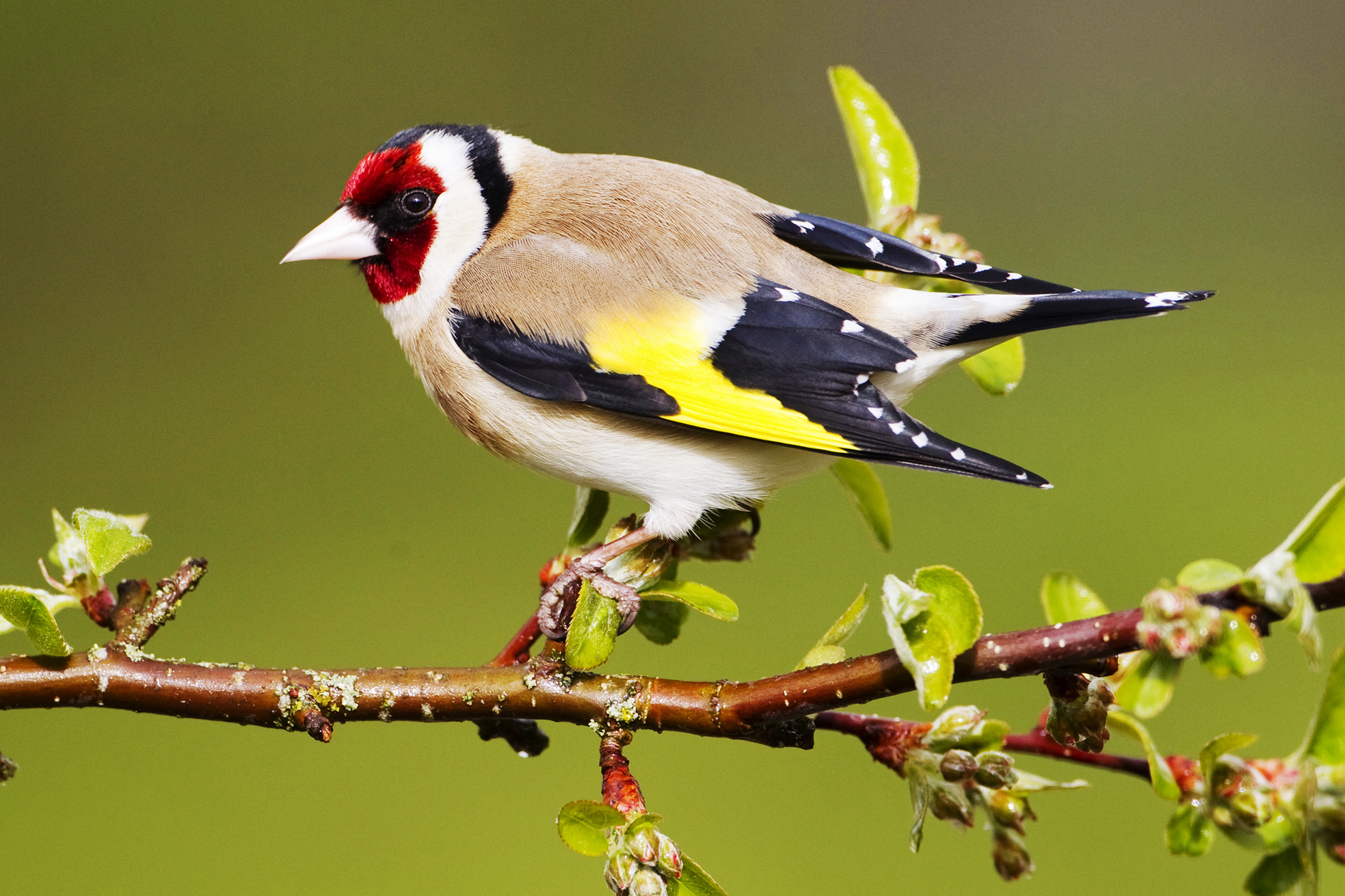Feathers are inert structures when fully grown, so their overall shape and colour are fixed. They suffer wear and tear, in the same way that our inert clothing wears out. So, like our wardrobes, feathers need to be replaced regularly.
Most birds follow specific times when this happens, and the period after the rough and tumble of the breeding season is a fairly universal time of moulting. It’s often time for a significant refit, replacing most of the plumage.
Moulting doesn’t just refresh feather structure; it can also alter the appearance of the bird. Many species acquire denser plumage in autumn to cope with the colder season ahead, while some species acquire different colours or patterns, often becoming duller in winter, when emphasis is more on survival than impressing a mate.
When young birds leave the nest and fledge, they are bearing cost-effective, rapidly grown ‘juvenile’ plumage that doesn’t last long – they often look ragged. This plumage, such as the spotted plumage of the juvenile Robin that lacks orange, or the Blue Tit’s plumage with yellow cheeks, is a useful signal of youthfulness. While juvenile birds go to the bottom of hierarchies, the lack of ‘badges’ might also reduce aggression from other birds.
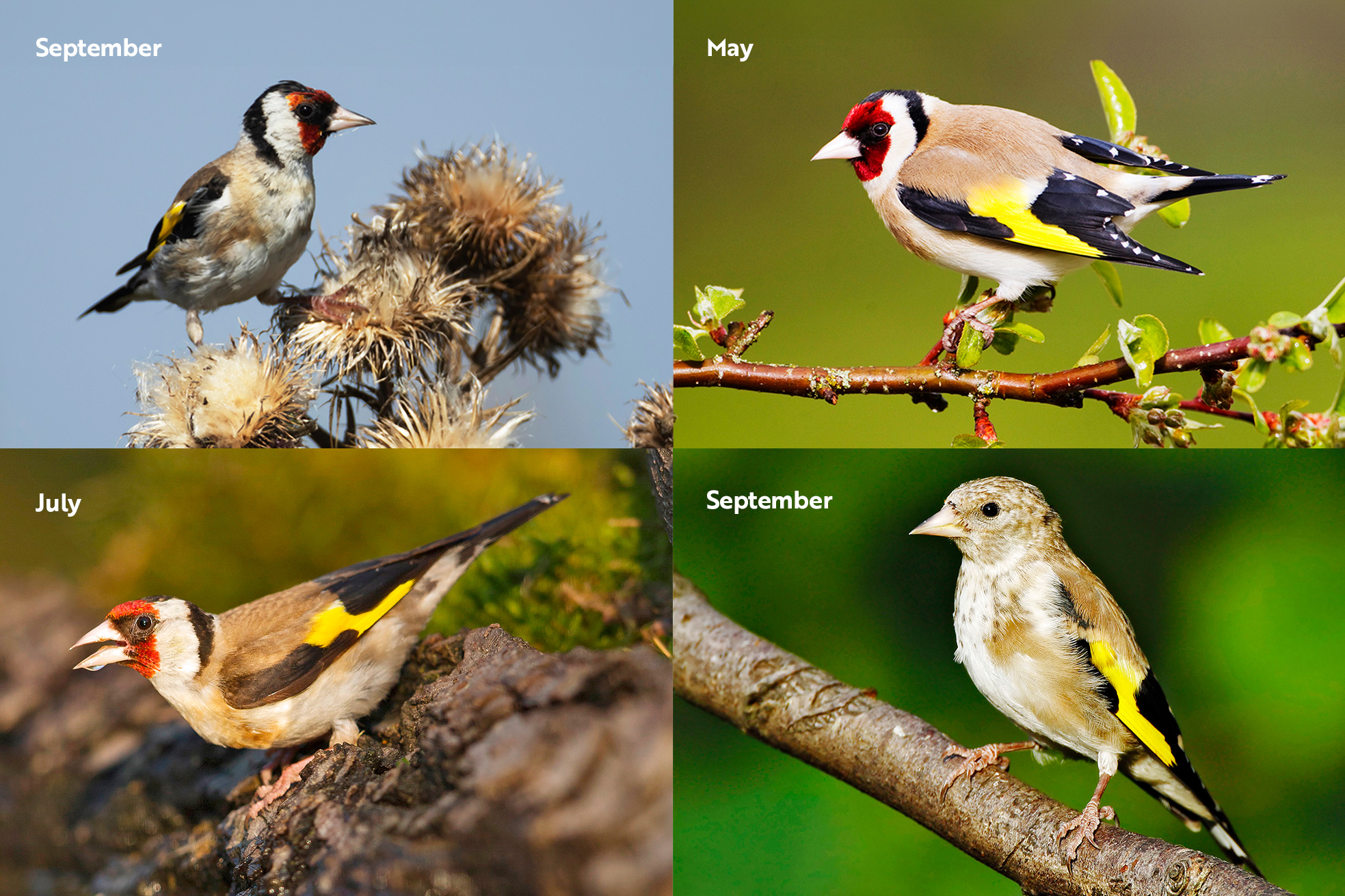
By the end of the summer, many juvenile birds undergo a full moult to their ‘proper’ plumage, often called ‘first winter’
In the case of ducks, a most unusual change occurs. They moult their flight feathers very rapidly, which impairs flight and is so potentially perilous that the males moult into a brief cryptic, female-like appearance known as ‘eclipse’ to cover the vulnerable period. Once the wings are sorted out, male ducks gradually acquire colourful plumage in the autumn. Auks such as Puffins also moult flight feathers almost simultaneously.
Many birds have a second, partial moult in spring that results in breeding season finery – the dark heads of gulls and reddish colour of waders such as godwits and Knots, for example, as well as the remarkable plumes of Ruffs. Differences between males and females may become more apparent.
Finches and Starlings have a particularly cost-effective way of acquiring spring plumage. They have a full moult in autumn, acquiring body feathers with dull tips. But as winter progresses, the dull tips of finch feathers are worn away to reveal colourful pigments just behind the tips, using wear and tear to their advantage. The spots of Starlings wear off to reveal black near the ends of their feathers.
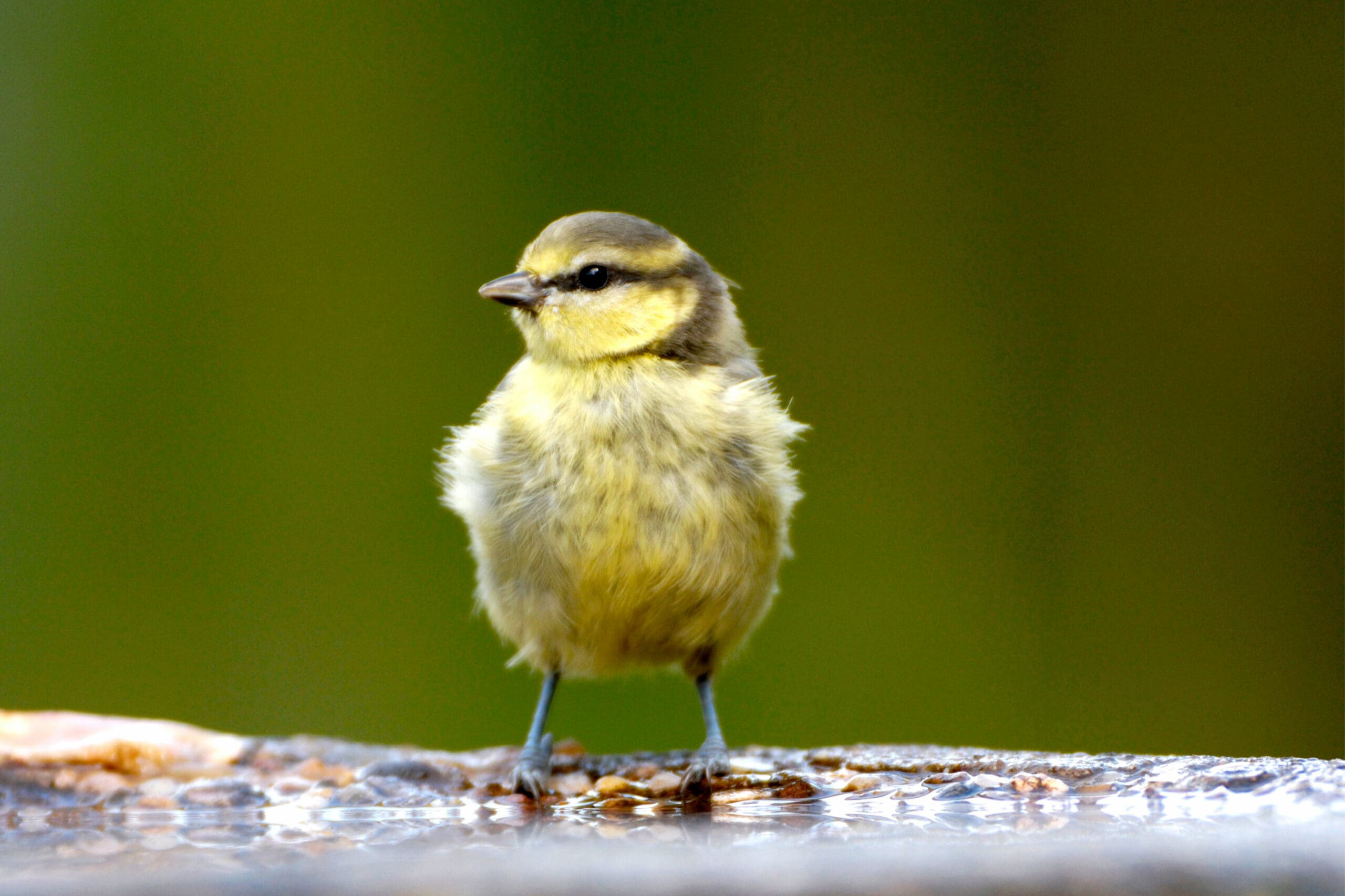
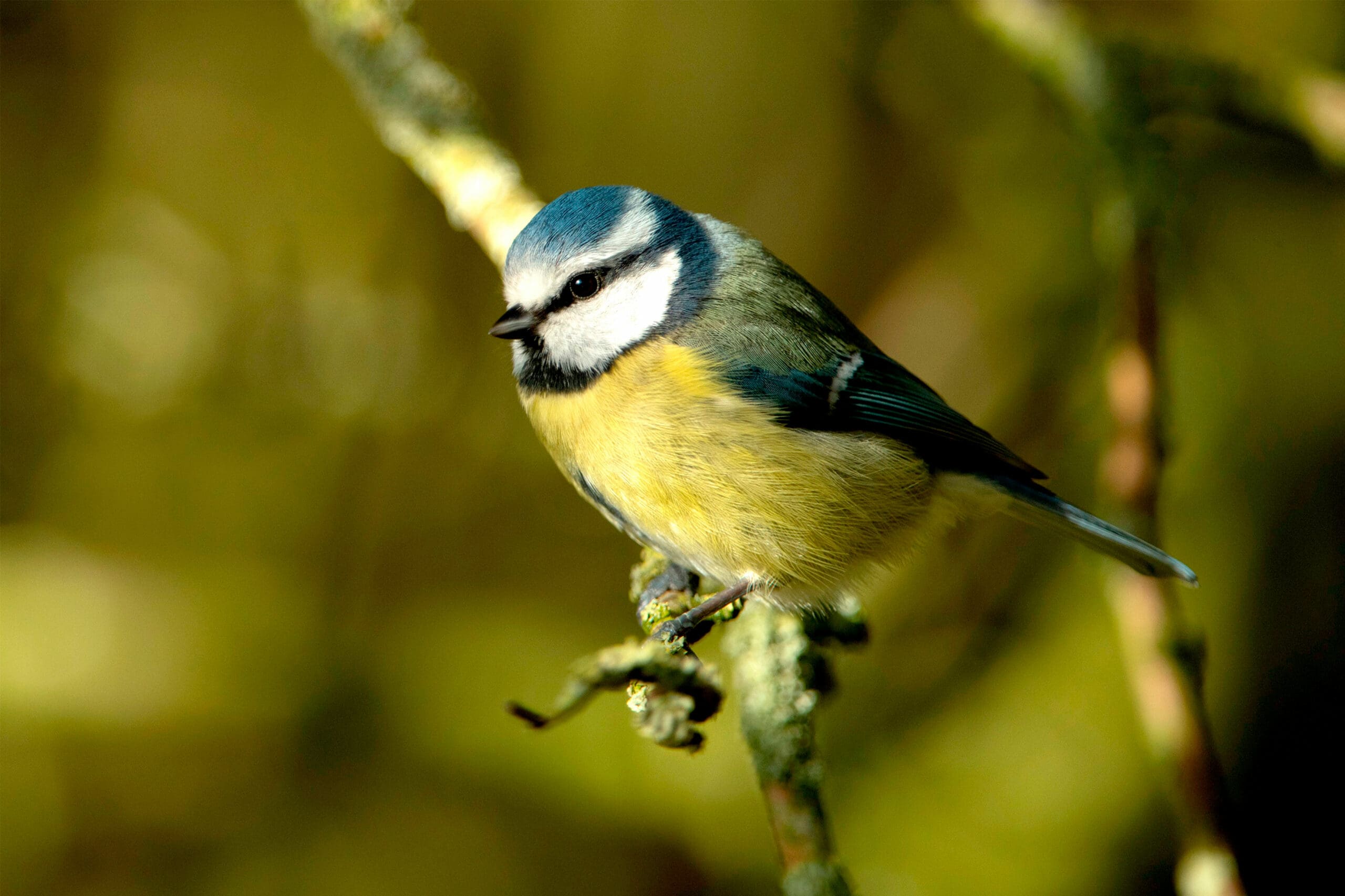
Juvenile Blue Tit (left) and adult Blue Tit (right).
Photos: Ray Kennedy and Ben Andrew (rspb-images.com)
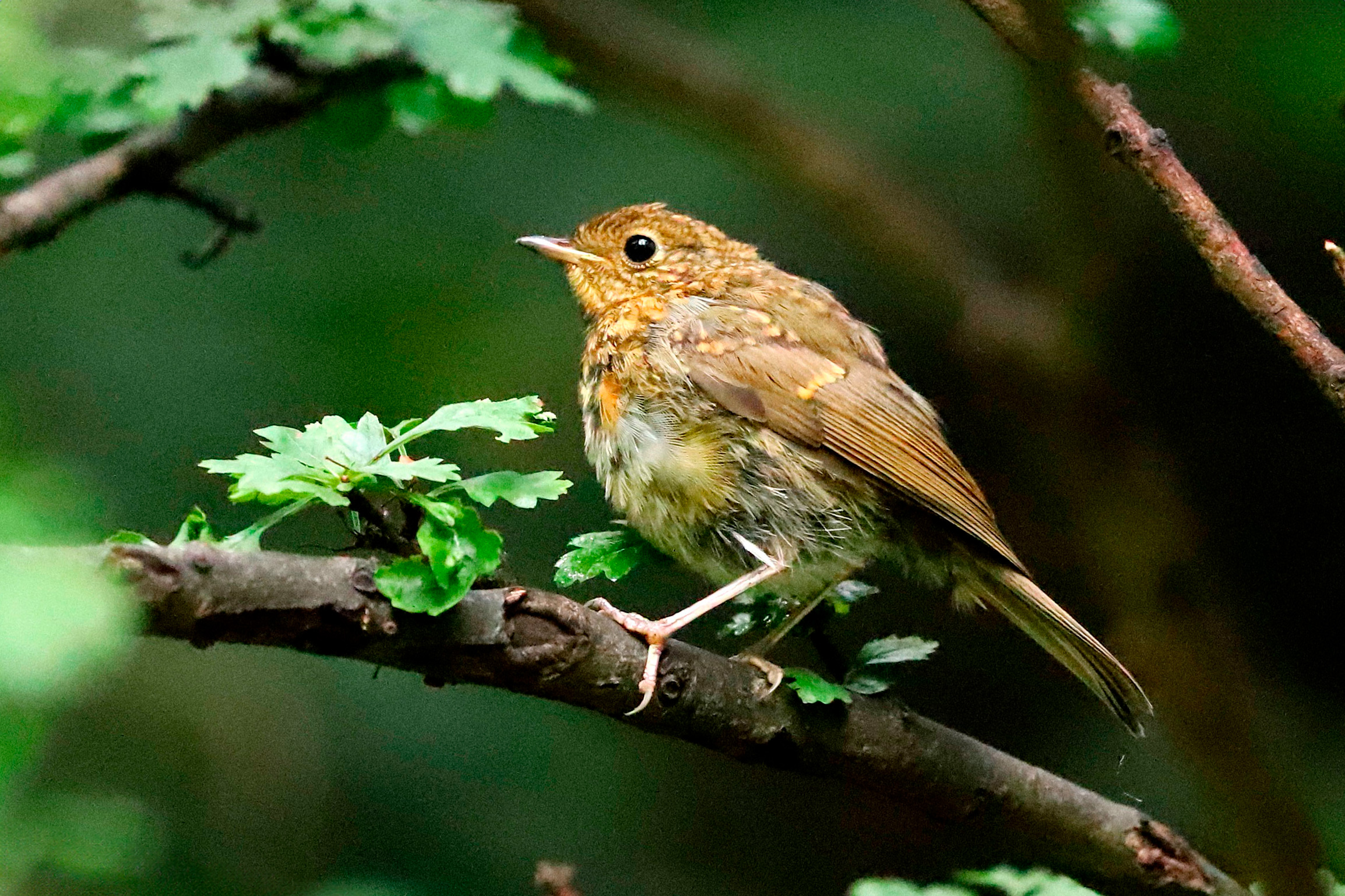

Juvenile Robin (left) and adult Robin (right).
Photos: Brian Ludwig and Ben Andrew (rspb-images.com)
You might also like
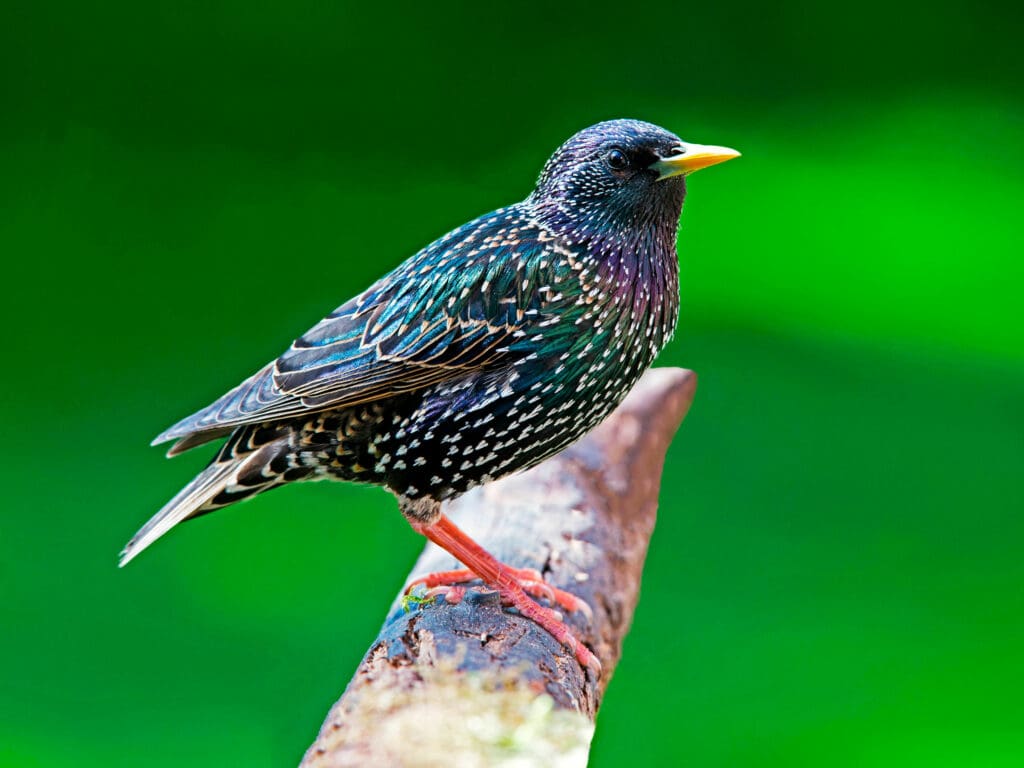
Explained: The secret science of feathers
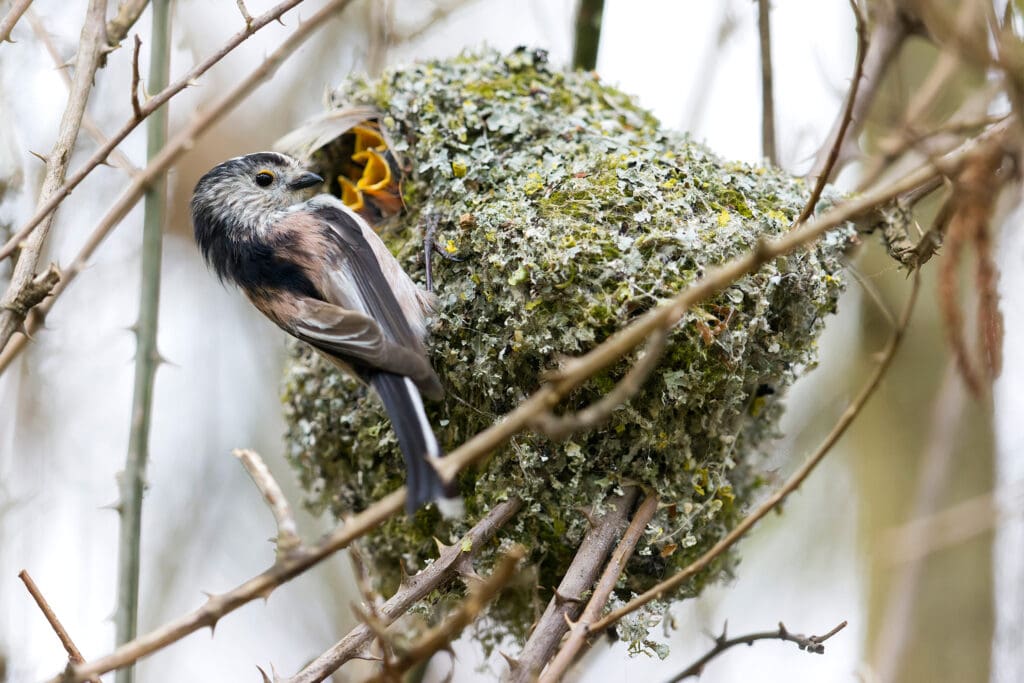
Identifying birds’ nests
